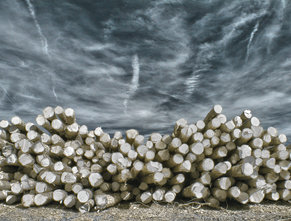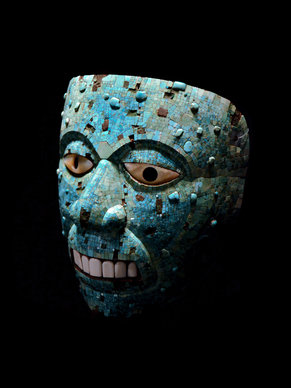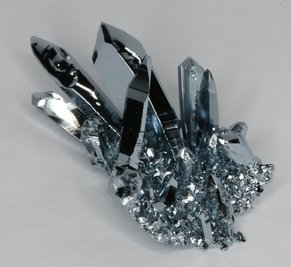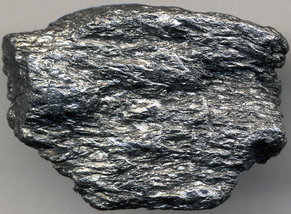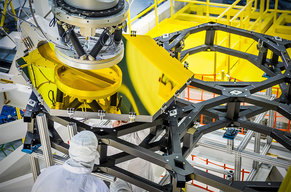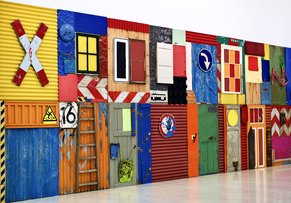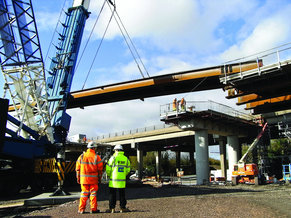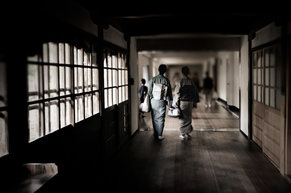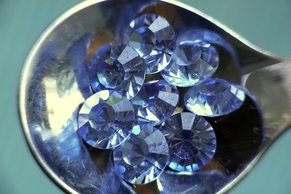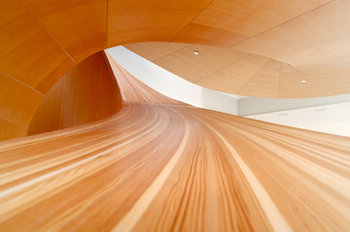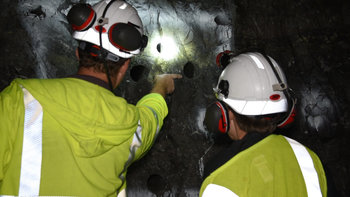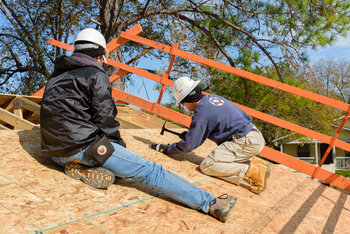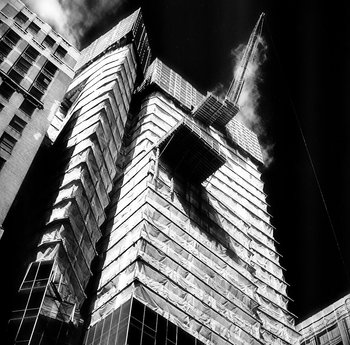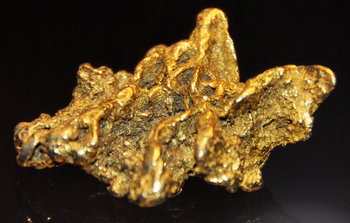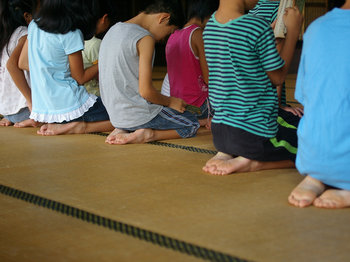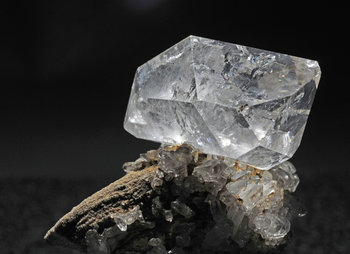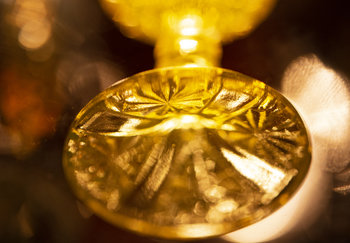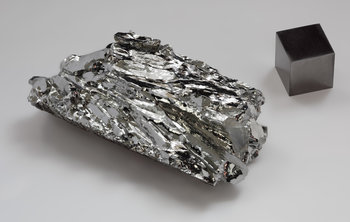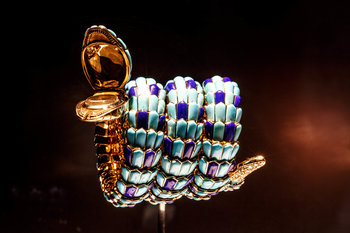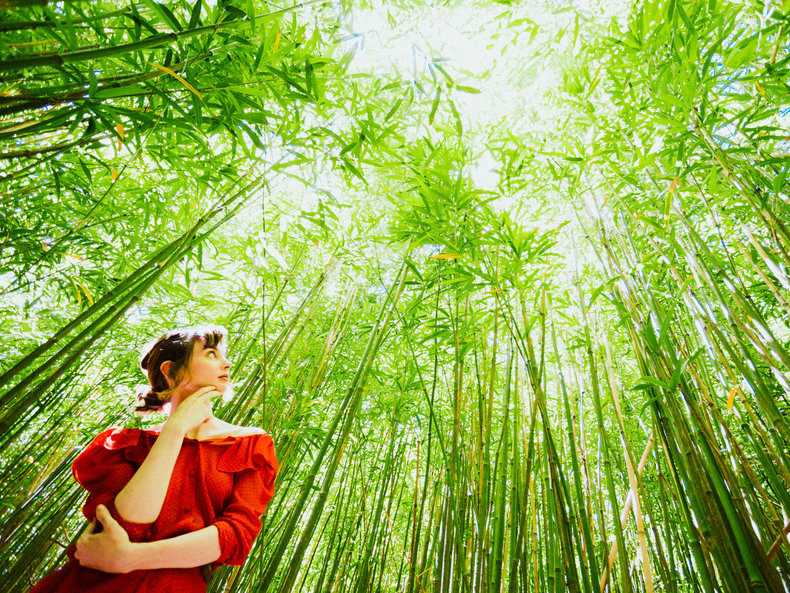
Economics
Bamboo is amongst the fastest growing plants with some varieties growing up to 4 cm or 1.6 inches in an hour. As such, it is an economical source of strong wood where it grows. Engineered bamboo boards can be expensive. However, this is still potentially economical as they are viewed as a premium product that are potentially stronger than hardwoods such as oak. Strips of bamboo are also sold as a veneer. In Asia, the bamboo goods industry is an important source of revenue for many communities. It also serves as an abundant and quickly replenished natural resource.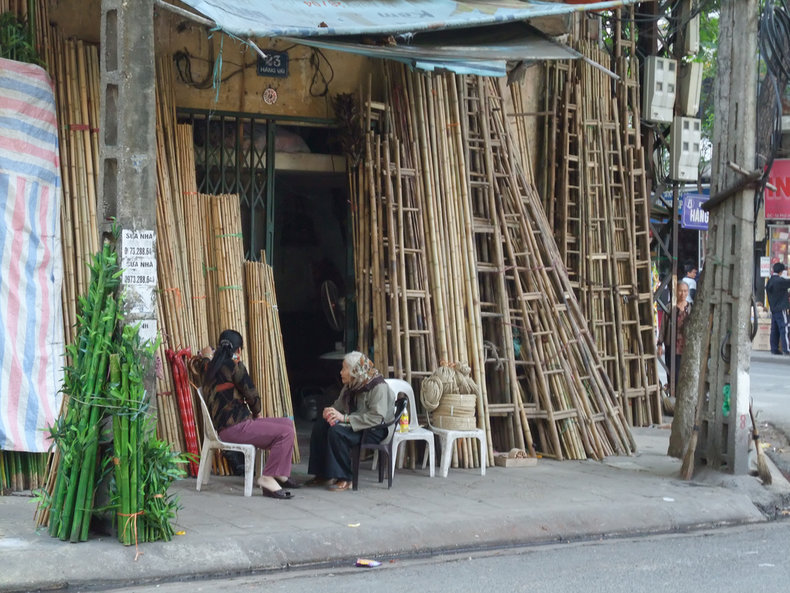
Compressive Strength
Compressive strength is the ability of a material to resist forces that are trying to crush it. Generally speaking, bamboo has a higher compressive strength than wood, brick or concrete. The actual compressive strength of bamboo depends on the species, size and part of the plant with fibers at the top section of the plant being closely packed and stronger. The compressive strength of engineered bamboo boards depends on the manufacturer and is potentially very high.Tensile Strength
Tensile strength is the ability of a material to resist forces that are trying to pull it apart. Bamboo has a slightly lower tensile strength than steel. This is around 10 times the tensile strength of a softwood such as pine.Flexural Strength
Flexural strength is the ability of a material to bend without breaking. Bamboo has a higher flexural strength than wood. This is one of bamboo's best known qualities as it is traditionally used for bendy things such as fishing rods. Certain bamboo composite materials have exceeded the flexural strength of glass fibre-reinforced plastics in testing. This places bamboo composites amongst the most bendable industrial materials.Color
Bamboo wood is green when cut and yellow to brown when dried. Black color in bamboo wood indicates fungal decay. Engineered bamboo wood is often very light yellow to the point that it is almost white. From the base of white, it can be stained to any color.Odor
Bamboo has a distinctive odor when cut or sanded but is otherwise doesn't have a strong odor. Smells from bamboo wood may indicate treatment with chemicals or fungal decay. Bamboo boards are a manufactured product as opposed to a natural wood and chemicals used in the product may vary by manufacturer.Rot Resistance
Bamboo is not considered rot or insect resistant. In Asia, it is often used in outdoor construction nonetheless with the understanding that it will have a limited lifespan. For example, Japanese bamboo fences are typically reconstructed every 5 to 7 years. Bamboo is an inexpensive material and it is common for temples and other traditional institutions to maintain bamboo fences and garden items despite the high maintenance.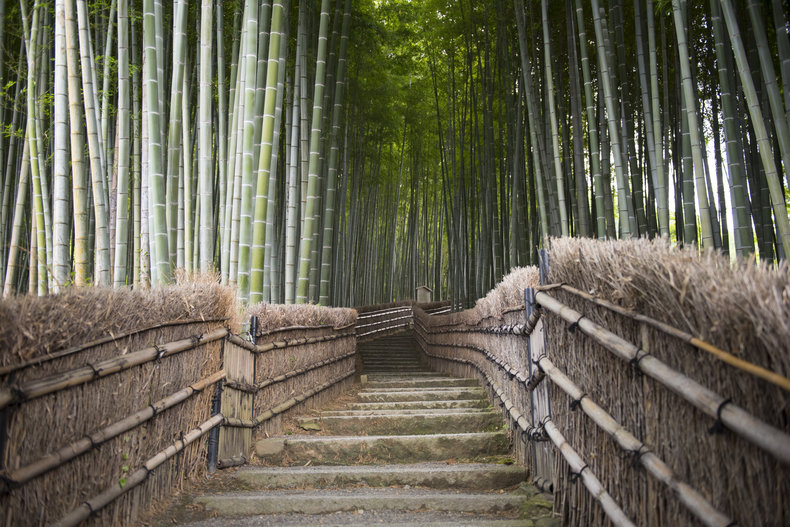
Workability
Bamboo is associated with various Asian styles of carpentry that differ greatly from Western practices. This often achieves an aesthetic that might be called rustic in the West. The comparable Japanese aesthetic is known as wabi-sabi. Bamboo tends to be difficult to cut and is hard on saw blades. Manufactured bamboo boards are easy to glue and hold paint well.Shrinkage
Fresh cut bamboo shrinks significantly and care is taken to avoid rapid shrinking that can damage the wood. Once dried, bamboo stabilizes although it can remain vulnerable to shrinkage with changes in humidity.Texture
Natural bamboo is hollow with regular nodes in the wood. Manufactured bamboo boards tend to have a fine to medium texture.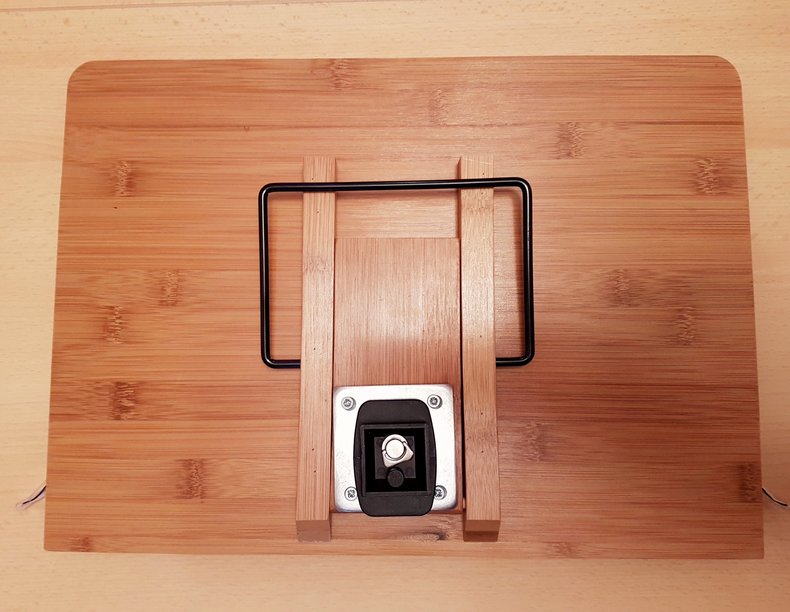
Common Uses
Natural bamboo is used for scaffolding but this is becoming less common in many countries due to local regulations. Bamboo lumber is also used in traditional Asian architecture, landscaping and furniture. In Japan, wood was historically preferred for architecture and furniture. As such, bamboo is mostly used for gardens and fences in Japan. Manufactured bamboo boards are extremely strong and compete with hardwoods such as oak for premium indoor use such as floors. Bamboo is also commonly used for fishing poles and other bending products.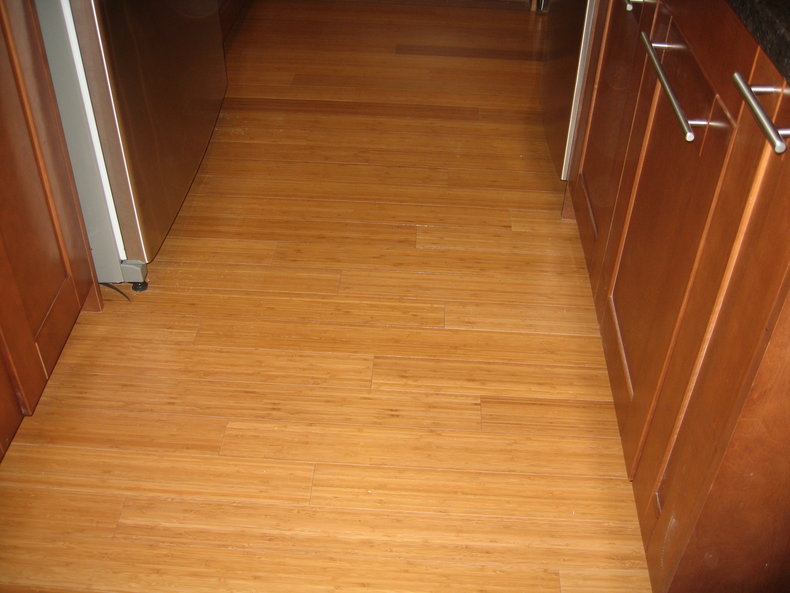
Sustainability
Due to bamboo's characteristics as a fast growing, natural and extremely strong material there is increasing interest in using bamboo as an sustainable material for homes, buildings and other structures.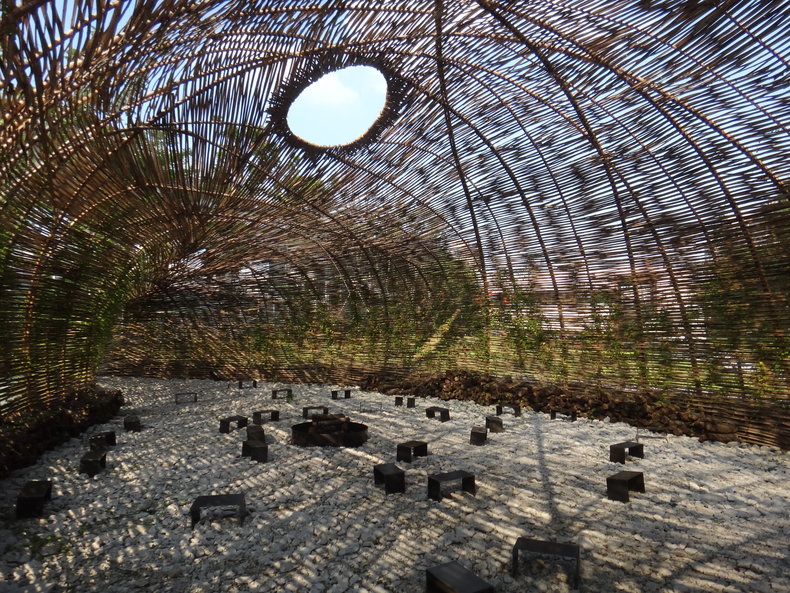
Bloom
Bamboo is an unusual plant in a number of ways. For example, when bamboo blooms it dies. This follows an unpredictable cycle with as long as 130 years between blooms. As such, blooming bamboo is associated with bad luck in several Asian cultures and is often viewed as a warning of one type or another. Blooming appears to be some type of panic response on the part of bamboo but it is unknown what causes it. Bamboo can bloom across an entire region at the same time. Plants grown from cuttings of blooming bamboo will also bloom. Therefore, forests need to be regenerated from the seeds spread by the bloom. Luckily, bamboo grows fast and recovery can be swift.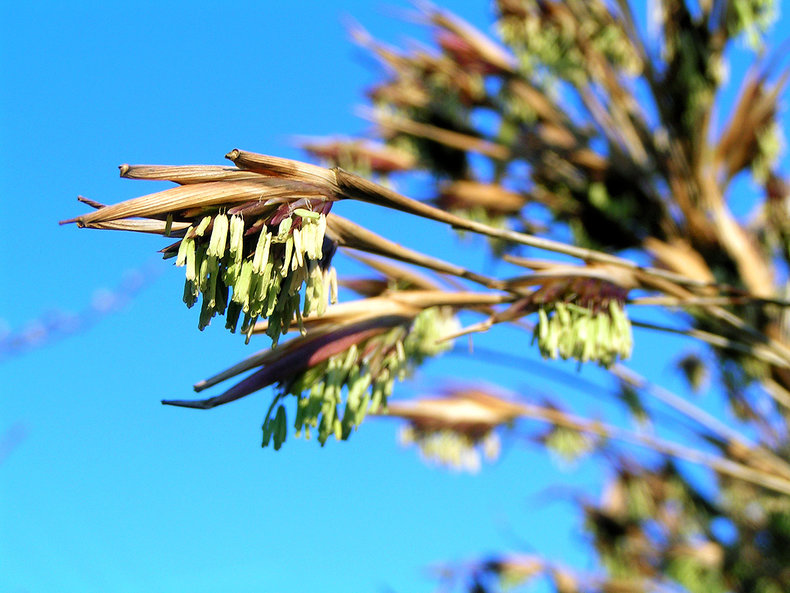
Culture
Bamboo wood is viewed as a cultural item in South Asia, East Asia and the South Pacific. Bamboo shoots are a common food in many Asian countries. It is also common for bamboo to be considered a symbolic plant as it grows quickly and has a relatively short life as compared with trees. For example, bamboo plays a role in Japanese mythology such as The Tale of the Bamboo Cutter, a 10th century Japanese story that is considered the world's first Science Fiction. The story involves a bamboo cutter discovering a baby princess inside a bamboo stalk. It turns out she is an extraterrestrial from the Moon who was sent to Earth to protect her from a celestial war.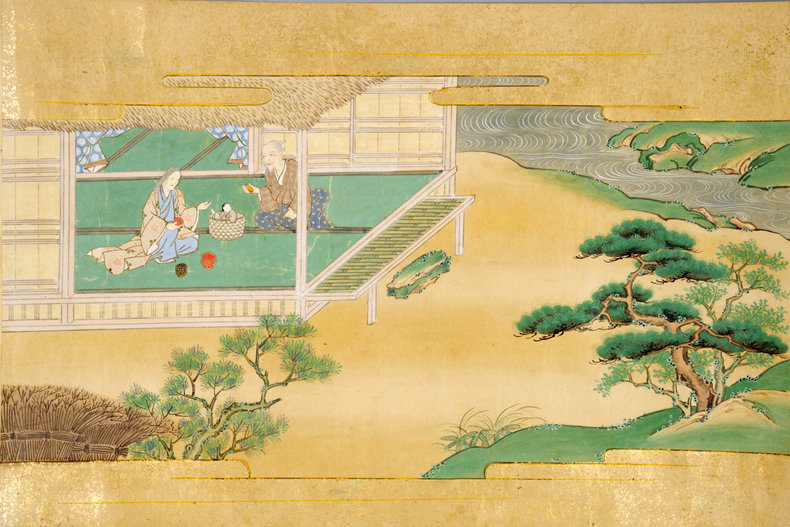
| Overview: Bamboo Wood | ||
Type | ||
Definition | A type of woody plant that belongs to the grass family. | |
Related Concepts | ||

